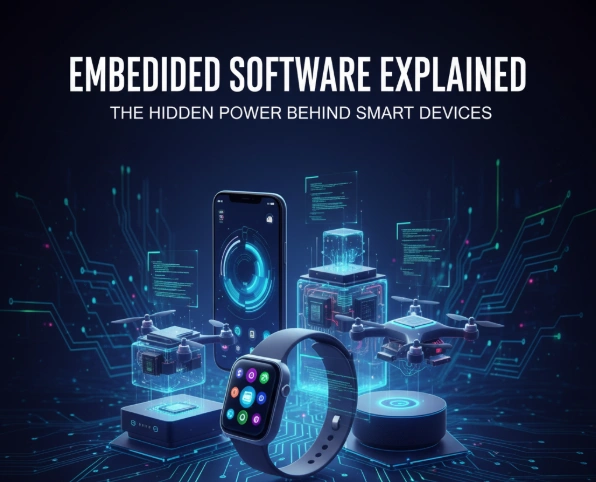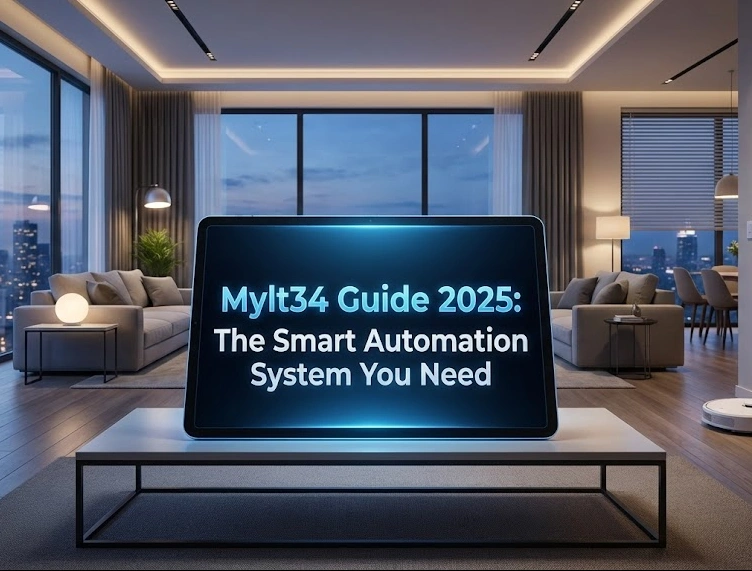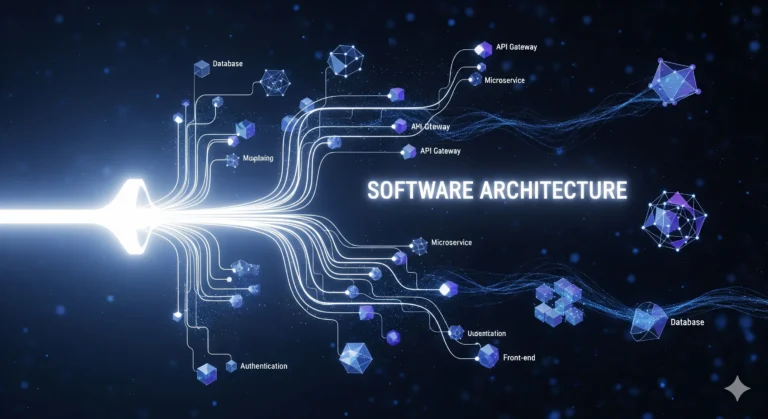Embedded Software Explained: The Hidden Power Behind Smart Devices
When you press the “start” button on your washing machine, it somehow knows when to add water, when to spin, and when to stop. Or think about your car—how does it instantly activate the anti-lock brakes when you hit the pedal hard? The answer is something you rarely see but rely on every day: embedded software.
This invisible technology acts like the silent brain inside countless devices around us. Unlike apps or desktop programs you interact with directly, =this software runs quietly in the background, ensuring everything works smoothly, safely, and efficiently.
Let’s dive deeper into what it really is, why it matters, and where you can find it.
What Is Embedded Software?
At its core, embedded software is a specialized type of computer program designed to control specific hardware. Instead of being installed on a PC or phone, it’s “embedded” directly into the device’s memory—usually ROM or flash memory.
It’s typically written in languages like C, C++, or even assembly for low-level tasks. The main goal? To make sure the device performs its functions reliably, often in real time, with minimal power consumption.
Think of it this way: if hardware is the body of a device, this software is the nervous system telling it when and how to move.
Key Characteristics
What makes embedded software stand out from general-purpose applications? Here are its defining traits:
- Purpose-built – Designed for one job (e.g., running a microwave timer or controlling a pacemaker).
- Highly reliable – Needs to function flawlessly, often for years, without user updates.
- Resource-efficient – Runs on small processors with limited memory and low power use.
- Real-time operation – Must respond immediately to changes, like airbags deploying in milliseconds.
- Invisible to users – Most people never interact with it directly; it just works in the background.
Everyday Examples: Where You’ll Find Embedded Software

The truth is, you encounter embedded software more often than you think. Here are the most common areas:
1. Consumer Electronics
Your daily gadgets are powered by it. From smart TVs and washing machines to microwaves and air conditioners, embedded software manages everything behind the scenes.
- Example: A washing machine uses it to adjust water flow, spin speed, and cycle timing.
2. Automotive Systems
Cars today are computers on wheels, loaded with dozens of embedded systems.
- Examples: ECUs (engine control units), ABS brakes, airbag systems, lane-keeping assistance, and even infotainment screens.
3. Medical Devices
Healthcare depends heavily on precision and reliability.
- Examples: Pacemakers, insulin pumps, MRI scanners, and patient monitors all use embedded software to ensure accurate and safe operation.
4. Industrial Automation
Factories rely on embedded systems for efficiency.
- Examples: PLCs (programmable logic controllers), robotic arms, and sensors that keep production lines running smoothly.
5. Networking & Communication
Every time you connect to the internet, embedded software is at work.
- Examples: Routers, modems, switches, and IoT hubs use it to manage connectivity, security, and data flow.
Embedded Software vs. General Software
Here’s a quick comparison to make the differences clearer:
| Feature | Embedded Software | General Software |
|---|---|---|
| Purpose | Designed for one dedicated function | Can handle multiple tasks and applications |
| Hardware Dependency | Tightly linked to specific hardware | Runs on various devices (PCs, phones, etc.) |
| Updates | Rarely updated by users | Frequently updated or upgraded |
| Performance Needs | Must run in real-time, often with limited resources | Can be resource-heavy and flexible |
| Visibility | Works silently in the background | User interacts with it directly |
| Examples | Car airbags, pacemakers, washing machines | MS Word, Photoshop, mobile apps |
Why Is Embedded Software So Important?
Without embedded software, much of our modern life simply wouldn’t function. Imagine:
- Cars without safety systems like ABS or airbags.
- Hospitals without life-saving machines like pacemakers or monitoring equipment.
- Homes without smart appliances that save time and energy.
But beyond convenience, this software also represents safety, efficiency, and innovation. For example, in industrial automation, it reduces human error. In healthcare, it provides life-critical monitoring. And in networking, it ensures secure global communication.
The Future of Embedded Software
As technology advances, the role of this software is only growing. Here’s where it’s headed:
- Internet of Things (IoT): Billions of devices, from smart thermostats to wearable health trackers, rely on this software.
- Autonomous Vehicles: Self-driving cars use countless embedded systems for navigation, safety, and communication.
- Healthcare Innovations: Remote monitoring devices and AI-powered diagnostics are powered by embedded systems.
- Smart Cities: Traffic control, energy management, and public safety systems all depend on reliable.
In short, it’s no longer just the “hidden helper.” It’s becoming the backbone of the connected world.
Conclusion
Embedded software may not be something you install, update, or even notice—but it’s the quiet powerhouse behind modern technology. From your kitchen to your car, from hospitals to factories, it ensures that machines run intelligently, efficiently, and safely.
So the next time your car automatically brakes or your smartwatch tracks your heartbeat, you’ll know: it’s working tirelessly in the background to make life easier—and safer.
FAQs
Q1: What is embedded software in simple terms?
Embedded software is a program built directly into a device to control specific functions, such as timing, monitoring, or automation.
Q2: How is embedded software different from regular software?
Unlike general-purpose apps, embedded software is designed for one dedicated task and runs directly on the device’s hardware with high efficiency.
Q3: Where can we find embedded software in everyday life?
You’ll find it in cars, smartphones, washing machines, routers, medical devices, and factory machines—basically, anywhere hardware needs smart control.
Q4: Which programming languages are used for embedded software?
C and C++ are the most common languages, though assembly and Python are also used depending on the complexity of the device.
Q5: Why is embedded software important?
It powers safety systems, automation, and connectivity, making devices smarter, faster, and more reliable while staying invisible to users.







